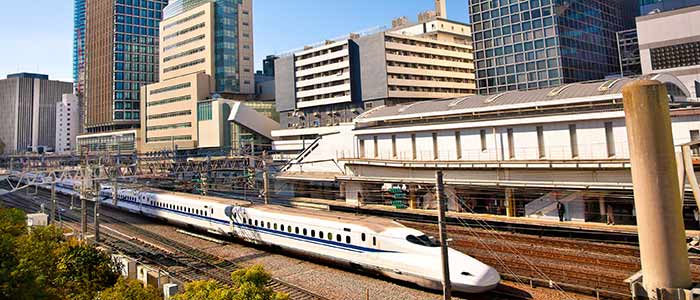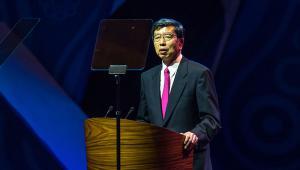Web_AsiaRailway_shutterstock_229453267.jpg

"Monumental" infrastructure needs are pushing demand for ADB loans to record highs.
The bank said continually growing demand in the region for its finance and expertise – particularly on infrastructure – were driving the increase.
Asia and the Pacific region will require as much as $1.7tn annually in order to meet its infrastructure financing needs, according to the bank’s estimates, with more needed to tackle issues including climate change, health and education.
Even at its highest ever, ADB lending provides only a small proportion of needed finance. Total lending in 2016, including co-financing, topped $31.7bn.
This marked an 18% increase on 2015, and included $17.47bn in loans and grants, $169m in technical assistance and $14.06bn in co-financing, which increased by a record 31%.
Disbursements of the pledged cash – a key indicator for successful project implementation – stood at $12.26bn.
The ADB’s private sector work hit $2.5bn for the second time in the bank’s history, generating a record $5.84 in co-financing from its partners. That’s $1.2bn more than the year before.
Takehiko Nakao, the bank’s president, said the good results do not mean the bank can be complacent.
“The fact remains that there are still 330 million people living in absolute poverty across Asia and the Pacific,” he noted.
“A lack of infrastructure continues to limit economic growth, inhibit poverty reduction and restrict improvements to quality of life.”
The bank said it is scaling up its financing capacity, with a merger between its lending and balance sheet operations expected to increase its annual loan and grant approvals by over 50%, to more than $20bn by the end of the decade.
It will also increase its support to the poorest countries by 70% over the next four years, the bank continued.












